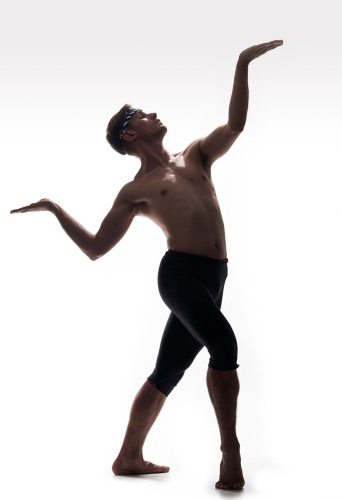 From a rapid sequence of movements, the camera singles out only one. The result is a crystallized pose or, in the case of Muybridge’s work, a series of poses. If these frozen attitudes can be mechanically reanimated, they will give an illusion of movement.
From a rapid sequence of movements, the camera singles out only one. The result is a crystallized pose or, in the case of Muybridge’s work, a series of poses. If these frozen attitudes can be mechanically reanimated, they will give an illusion of movement.
But, as artists and philosophers alike have pointed out, the essential quality of movement is continuity. The French philosopher Henri Bergson stated this most emphatically — “It is not the single snapshots we have taken along the course of change that are real; on the contrary, it is flux, the continuity of transition, it is change itself that is real.”
Rudolf Laban agreed, referring to “the snap-shot like perception of the mind which is able to receive only a single phase of the uninterrupted flux.” He adds, “the sum of such snapshots is not the flux itself.”
While technical means of recording movement keep improving, they still pose problems for movement analysts. Find out more in the next blog.
